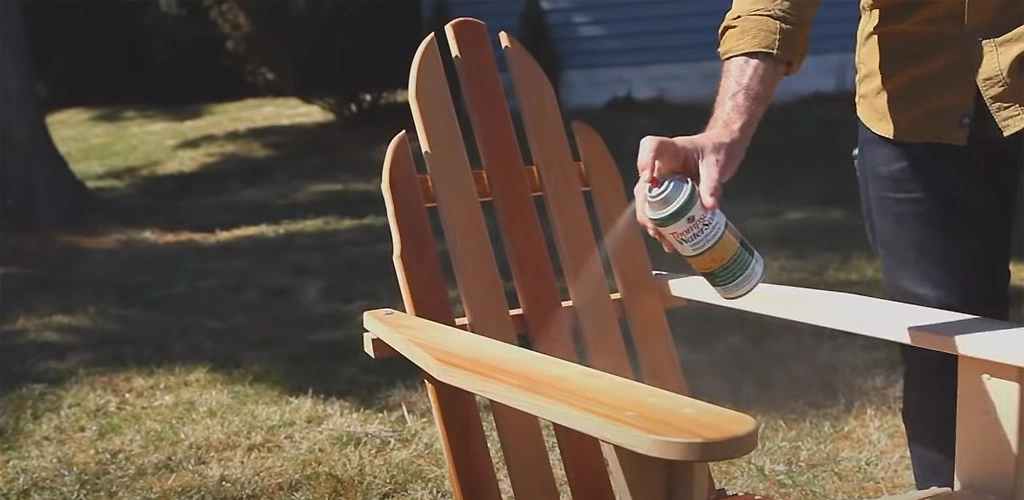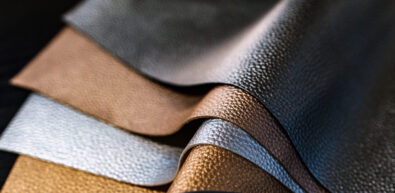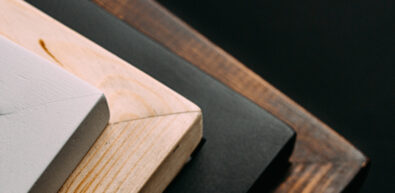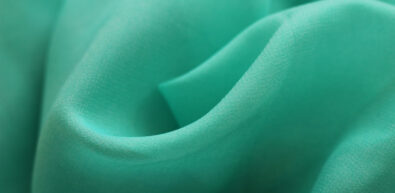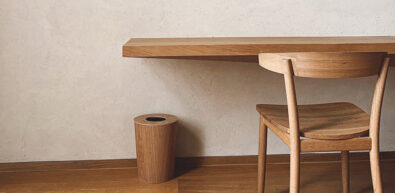Table of Contents
In Malaysia, people spend thousands of dollars on furniture every year. They purchase everything, from expensive antique to classical furniture for outdoors, but do nothing for its safety.
When you start using the furniture (indoor or outdoor) without any protection, it begins to degrade as it is exposed to rain, water, moistness, humidity, and rough conditions. As a result, the furniture swells; starts rotting and your precious money goes wasted in front of your eyes.
In this article, we are going to teach you about how to protect the wood from weather, along with a detailed explanation of the best waterproofing for wood and much more.
Quick guide to waterproofing wood furniture
There are a lot of methods you can use to waterproof wood and give it extra life. Here is a quick guide of all the waterproofing methods that are also explained in details in the article:
- Create a Protective Covering of Oil : You can take Tung oil or linseed oil and use them to create a gentle finishing of them over the wood.
- Coating the Wood : You can coat the wood with a layer of varnish, lacquer, and polyurethane. This coating will keep moistness and humidity at bay, thus protect your furniture.
- Use Stain-Sealant Combo : You can simultaneously add finishing and waterproof the wood by using a stain-sealant combo.
While applying any of the methods given above, keep in account the type of wood to avoid any inconvenience later. Next, we have given a step by step explanation of all the methods mentioned above to protect wood from weather.
Give it a gentle hand-rubbed oil finishing
When it comes to hand-rubbed oil finishing, Linseed and Tung oil have always been up to the mark. Tung oil is extracted from the Chinese Tung tree, whereas Linseed oil is extracted from the seeds of the flax plant. These oils are being used for centuries and provide effective protection to the wood. However, these oils are a little bit sticky so you should mix them with some other ingredients to decrease the stickiness before applying them to the wooden furniture. If you don’t know what ingredient to mix and what’s the right quantity then we will suggest you purchase the pre-blended Tung & Linseed oil from the market.
Here is how you should apply it:
- Stir the mixture until all the ingredients are perfectly mixed up and you have a nice and smooth solution.
- Thoroughly clean the wood before applying the oil because any impurities like sand and mud on the wood will ruin the whole process.
- Take a paintbrush with natural bristles and use it to apply the hand-rubbed oils all over the wood.
- Wait for a few minutes and let the wood absorb the oil.
- Once the oil has soaked, carefully observe the furniture and reapply the hand-rubbed oils on the spots you missed or that are still dry.
- Take clear dry rags and wipe off all the excessive residual oil.
- Let the wood dry completely for several hours.
- Use a grit sand-paper and lightly sand the wood.
- Repeat the process, the more coats of oil you will put on, the better it will be for your wooden furniture.
Once you have enough experience of the whole process, you can experiment with different ingredients and create a custom blend to get desired results.
Safety Warning: The oily rags you will use to wipe off the excess oil and can catch up fire even if they are not close to flames. It is because as the oil dries, it generates heat and can catch fire. So keep a bucket of water near you and keep the rags away from you at a safe distance.
Use wood sealants to add a protective covering
Sealants add a protective covering around the wood that protects the wooden furniture from moistness, humidity, and damage from water. Varnish, polyurethane, and lacquer are famous for their premium waterproofing characteristics. You can either brush or spray them over the cleaned wood to create a protective layer. We advise you not to shake the sealant before application and apply them at room temperature for quality results.
Here is a brief review of the most commonly used sealants for waterproofing wooden furniture:
- Varnish
The varnish is made up of drying oils, resin, and solvent. Varnish not only protects the furniture from scratches but also makes it waterproof. You can use marine varnish on your outdoor furniture as it contains ultraviolet ray absorbents that will simultaneously make your furniture waterproof and protect it from rough outdoor environments as well.
- Lacquer
Lacquer is among the best wood sealants and it is made up of resin. Lacquer gives out an unattractive yellowish tinge over lighter woods and an attractive warm finishing on dark wood. Just like varnish, lacquer also protects the furniture from scratches and makes it waterproof. For better results, we advise you to apply multiple light coats of lacquer.
- Polyurethane
Polyurethane is a mixture of acrylic, polyurethane resins, and many other solvents. You can get your desired results by using polyurethane as it can give out a wide range of effects. Moreover, polyurethane also does not give a yellowish tinge, which makes it the perfect choice for the lighter woods. Two types of polyurethane are commonly used; oiled-polyurethane and watery-polyurethane.
The oiled-polyurethane is highly durable and needs to be brush cleaned by using turpentine and mineral spirits. Watery-polyurethane can be easily cleaned up with soap and clean water.
Use stain-sealant combo
The last method is to use the stain-sealant combo to make your wooden furniture waterproof. Stain-sealants can perform multiple tasks like adding color to the furniture and making it waterproof simultaneously. Whether you will get transparent or opaque results depends upon the concentration of pigment in the solution and the quantity of the solution applied to the furniture.
How to waterproof painted wood
Waterproofing painted wood is similar to unpainted wood. The procedure for application is also the same yet you can use the following sealants for painted wood:
- Polyurethane: As mentioned above in detail, polyurethane sealants are very durable and extend the life of your furniture by making it waterproof.
- Polycrylic: It is easy to clean but gives out a light smell. Moreover, polycrylic is not as durable as polyurethane.
- Paste Wax: It is a mixture of wax and solvents. Although wax is easy to clean, it is not much durable and prone to melting and degradation by sunlight and heat.
Final Thoughts:
The process involved in waterproofing painted and naked wood is almost the same. However, you should use the relevant sealants for painted and naked wood as mentioned above in the article. The final results depend upon:
- Concentration of pigments in the sealant.
- Mode of action and nature of the sealant.
The quantity of sealant applied and the process involved in the application.

